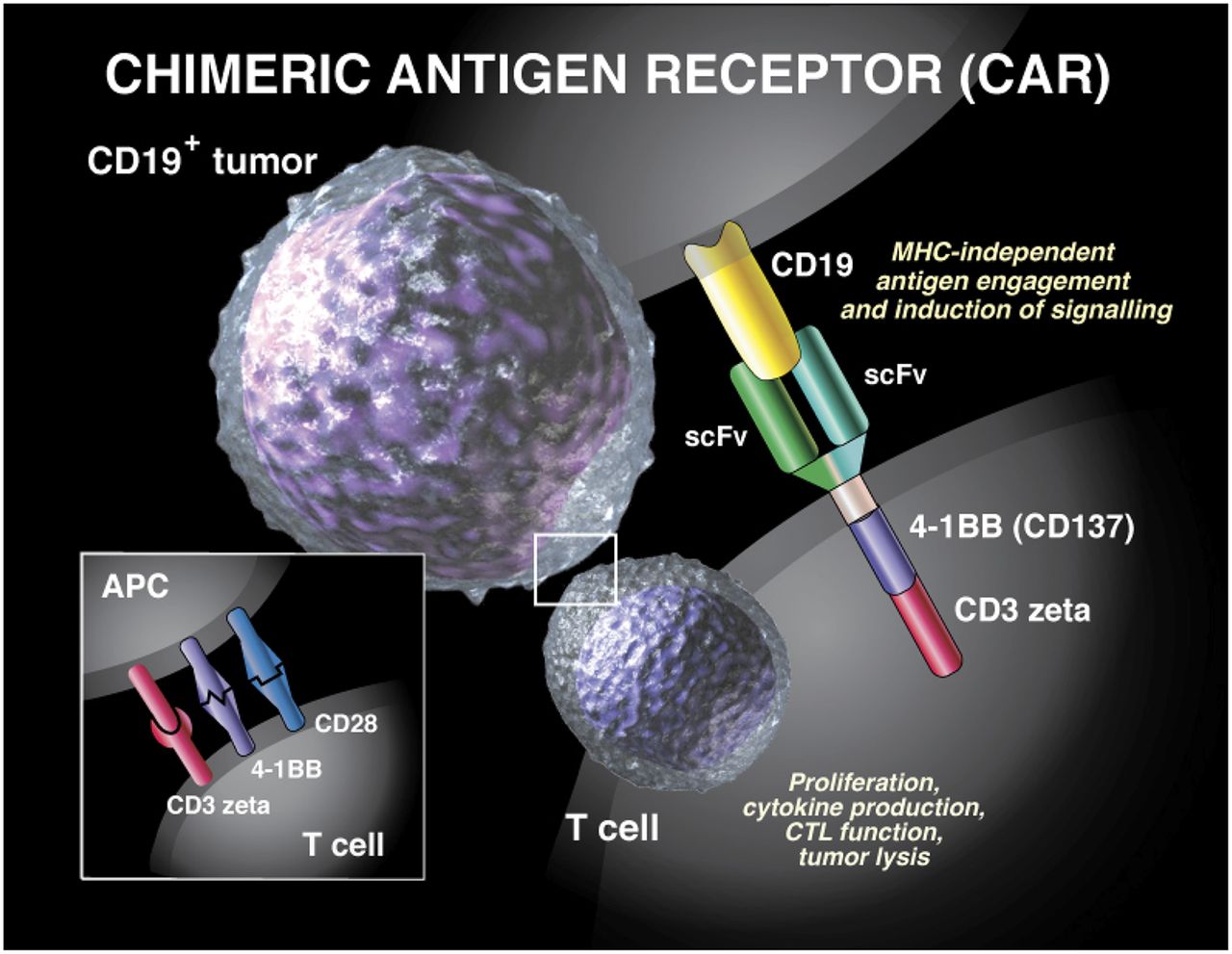What are the health benefits of carrot juice
What are the health benefits of carrot juice?
Carrots are a common ingredient in many juices, as they provide a flavor that pairs well with many other fruits and vegetables.
Aside from taste, carrot juice may also provide numerous health benefits.
According to the United States Department of Agriculture National Nutrient Database, 1 cup of canned carrot juice contains:
- 94 kilocalories (kcal)
- 2.24 grams (g) of protein
- 0.35 g of fat
- 21.90 g of carbohydrate
- 1.90 g of fiber
The same amount of juice provides a variety of vitamins and minerals, including:
- 689 milligrams (mg) of potassium
- 20.1 mg of vitamin C
- 0.217 mg of thiamin
- 0.512 mg of vitamin B-6
- 2,256 micrograms (mcg) of vitamin A
- 36.6 mcg of vitamin K
Health benefits for carrot juice
Carrot juice is nutritious and may be beneficial for a range of health conditions:
Stomach cancer
Carrots contain antioxidants, which may explain their role in cancer prevention. In a review of studies, researchers looked at the effect of eating carrots on the risk for stomach cancer.
They concluded that eating carrots was associated with a 26 percent lower risk for stomach cancer. However, they did not specify how many had to be eaten to lower stomach cancer risk. More controlled studies are needed to confirm this association.
Leukemia
More research is needed, but carrot juice may have a future role in leukemia treatment.
In one study, researchers looked at the effect of carrot juice extracts on leukemia cells. The carrot juice extracts caused the leukemia cells to self-destruct and stopped their cell cycle.
Breast cancer
A study of breast cancer survivors looked at the effect of carrot juice on levels of carotenoids, markers of oxidative stress, and markers of inflammation in the blood.
The researchers reported that higher levels of carotenoids in the blood were associated with a lower risk of breast cancer returning.
During the study, participants consumed 8 ounces of carrot juice daily for 3 weeks. At the end of the study, the women had higher blood levels of carotenoids and lower levels of a marker associated with oxidative stress.
Chronic obstructive pulmonary disease (COPD)
Carrot juice is high in vitamin C. Researchers looked at the association between dietary vitamin C intake and chronic obstructive pulmonary disease (COPD) in Korean adults aged 40 years or older.
They found that people with COPD had significantly lower intakes of multiple nutrients found in carrot juice, including carotene, potassium, vitamin A, and vitamin C, than people without COPD.
However, people with COPD also ate significantly less food overall than people without COPD.
For people who smoked heavily, the risk of COPD is lower in those who consumed more vitamin C than those who consumed very little.
Possible risks and considerations
People with weakened immune systems — such as those receiving cancer treatment, pregnant women, young children, and older people — may need to avoid certain foods if there is a risk of these carrying food-borne illnesses.
Fruit and vegetable juices that are freshly squeezed or have not been pasteurized may have a higher risk of carrying germs.
The Memorial Sloan Kettering Cancer Center state that people who have been told to follow a low-microbial diet should avoid unpasteurized fruit and vegetable juices unless they are made at home.
According to the U.S. Food & Drug Administration (FDA), pregnant women should choose juices that have been pasteurized or treated to have a long shelf life. Freshly squeezed juices, which may be sold at farmers' markets or juice bars, should also be avoided.
Carrots contain a type of carotenoid called beta-carotene that the body can convert into vitamin A.
Eating large amounts of carotenoids from foods has not been linked with harmful effects. However, the skin can turn yellow-orange if a person consumes large amounts of beta-carotene for a long time. This effect is called carotenoderma.
Takeaway
Carrot juice may offer many health benefits due to the concentrated levels of nutrients it contains.
However, carrot juice has less fiber and more sugar than whole carrots. Fiber is associated with weight management and lowering cholesterol levels.
Carrot juice may not be appropriate for everyone, especially pregnant women, young children, the elderly, and people with certain illnesses, depending on how it is prepared.
Carrot juice in moderation can be included as part of a healthy diet. However, drinking juice is not a replacement for eating whole fruits and vegetables.






 بنام خداوند طراح معماها
بنام خداوند طراح معماها